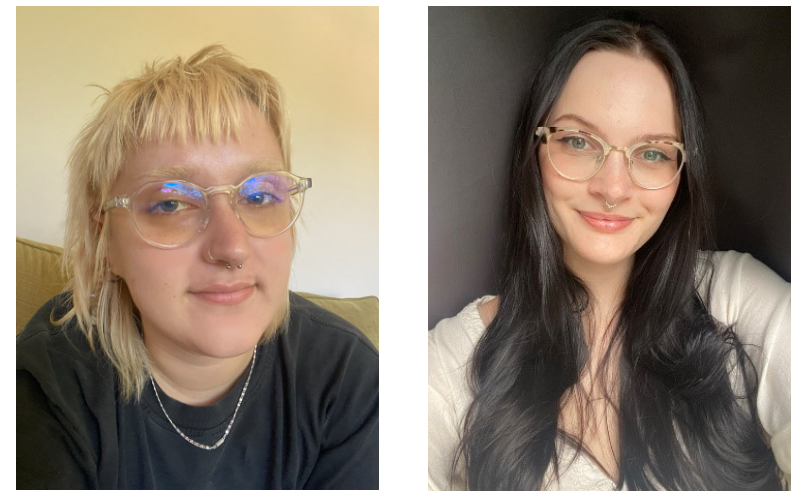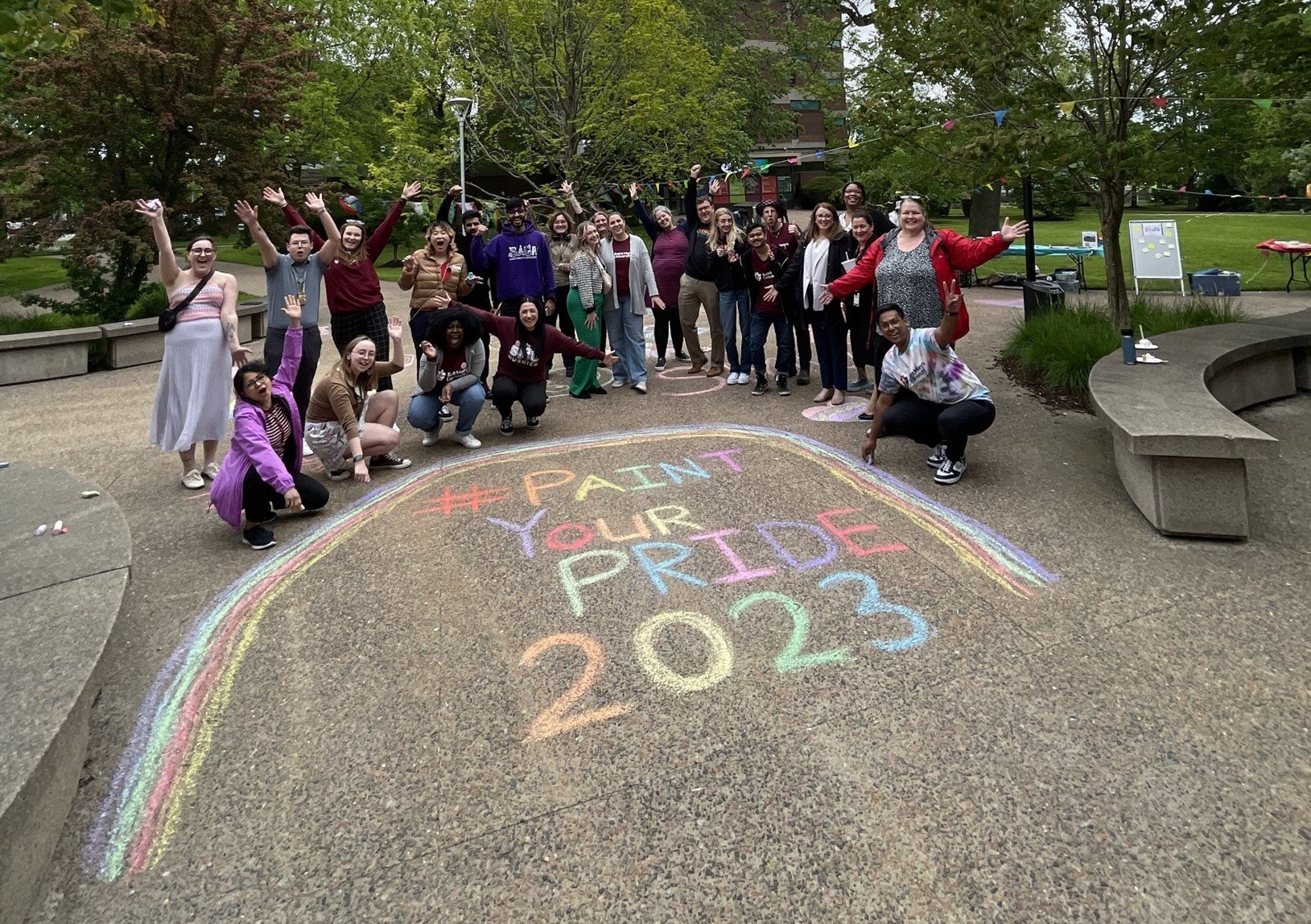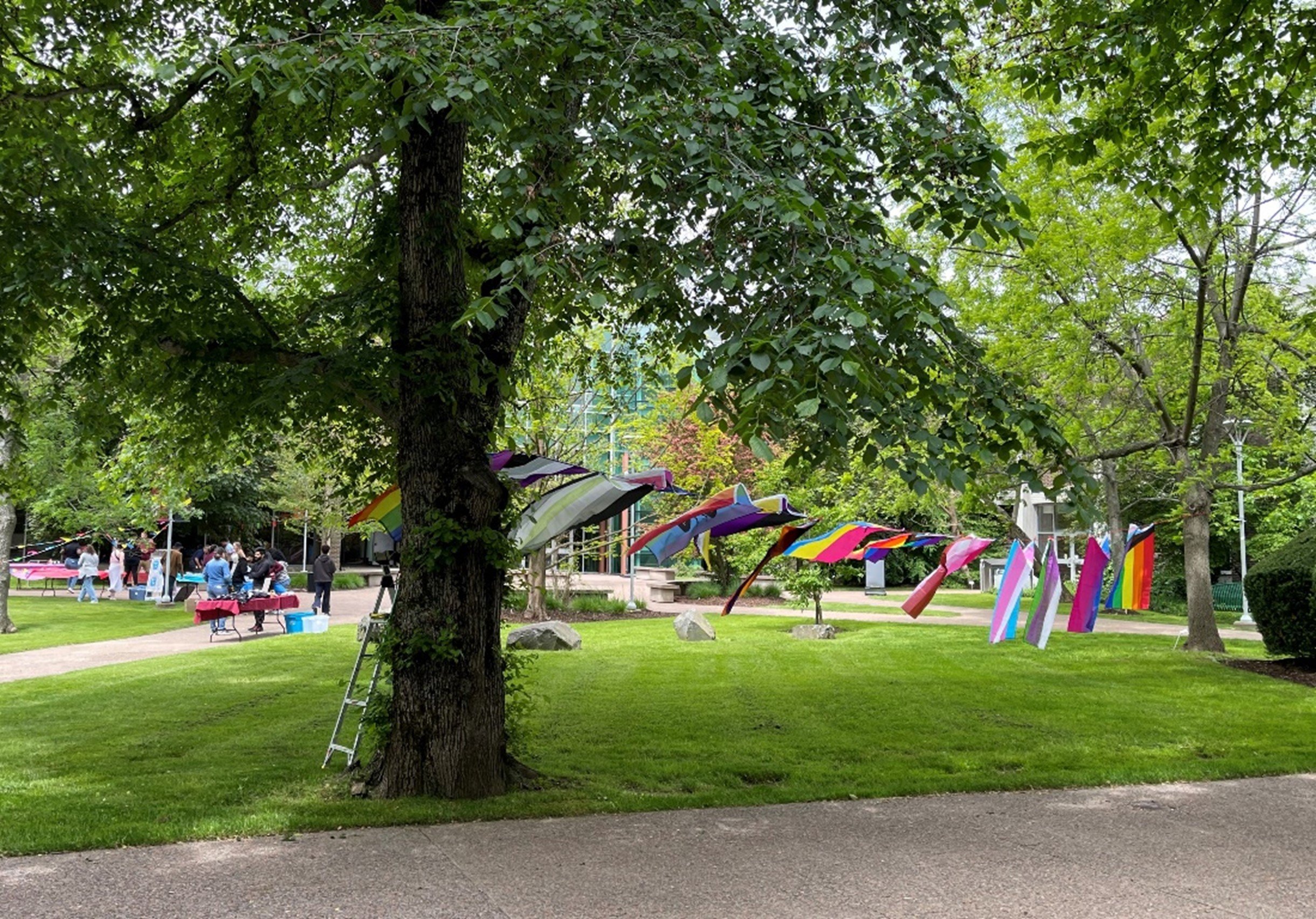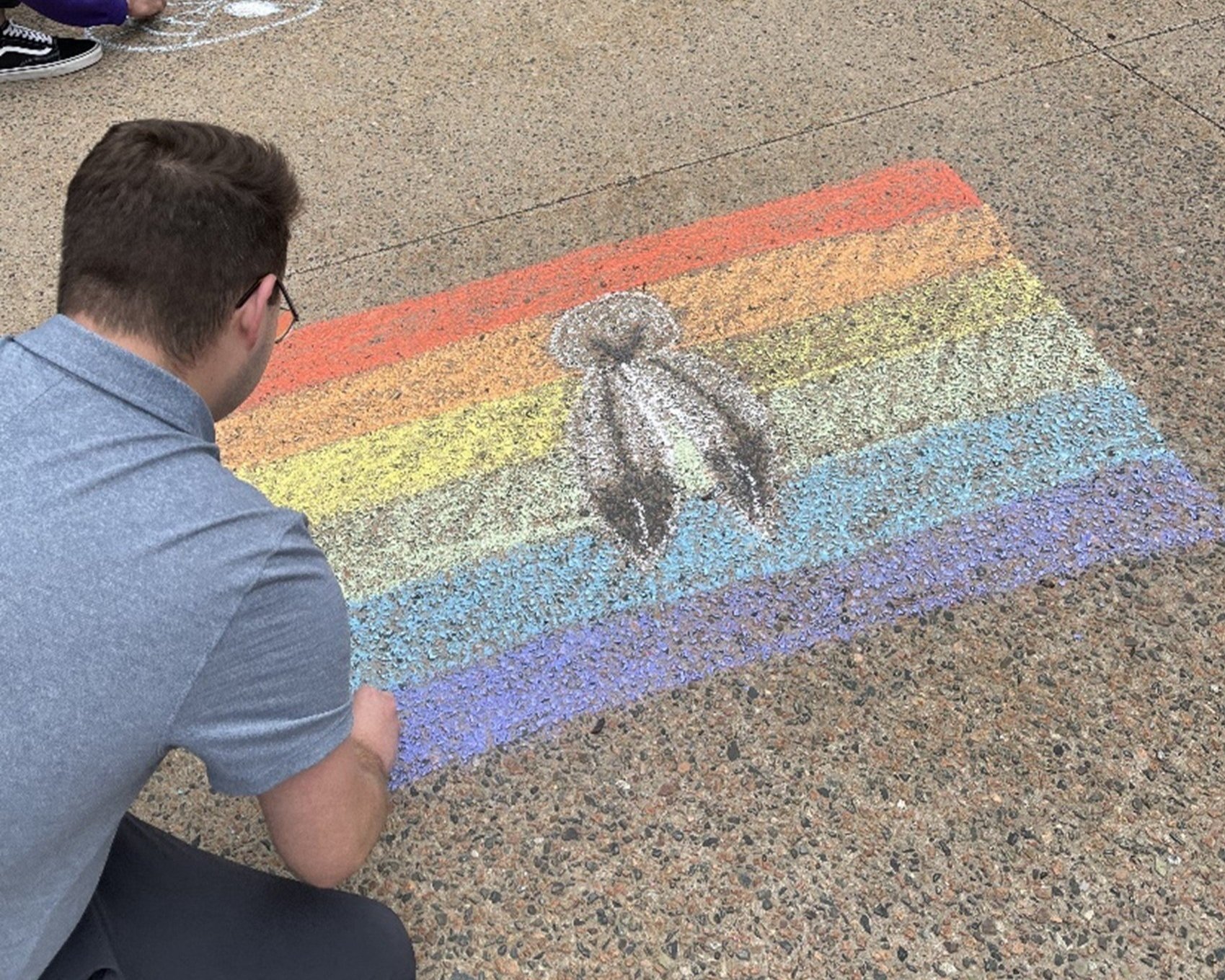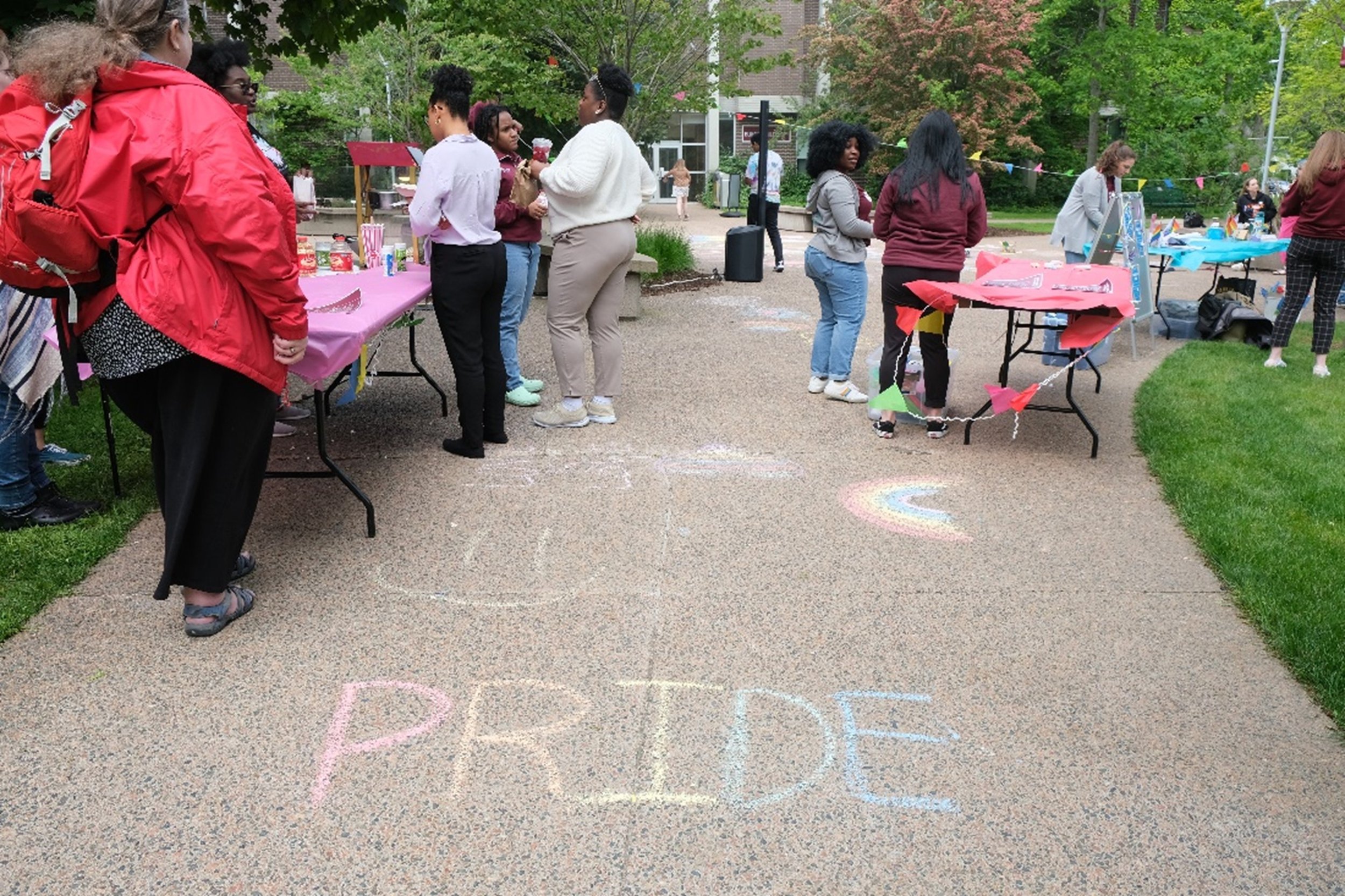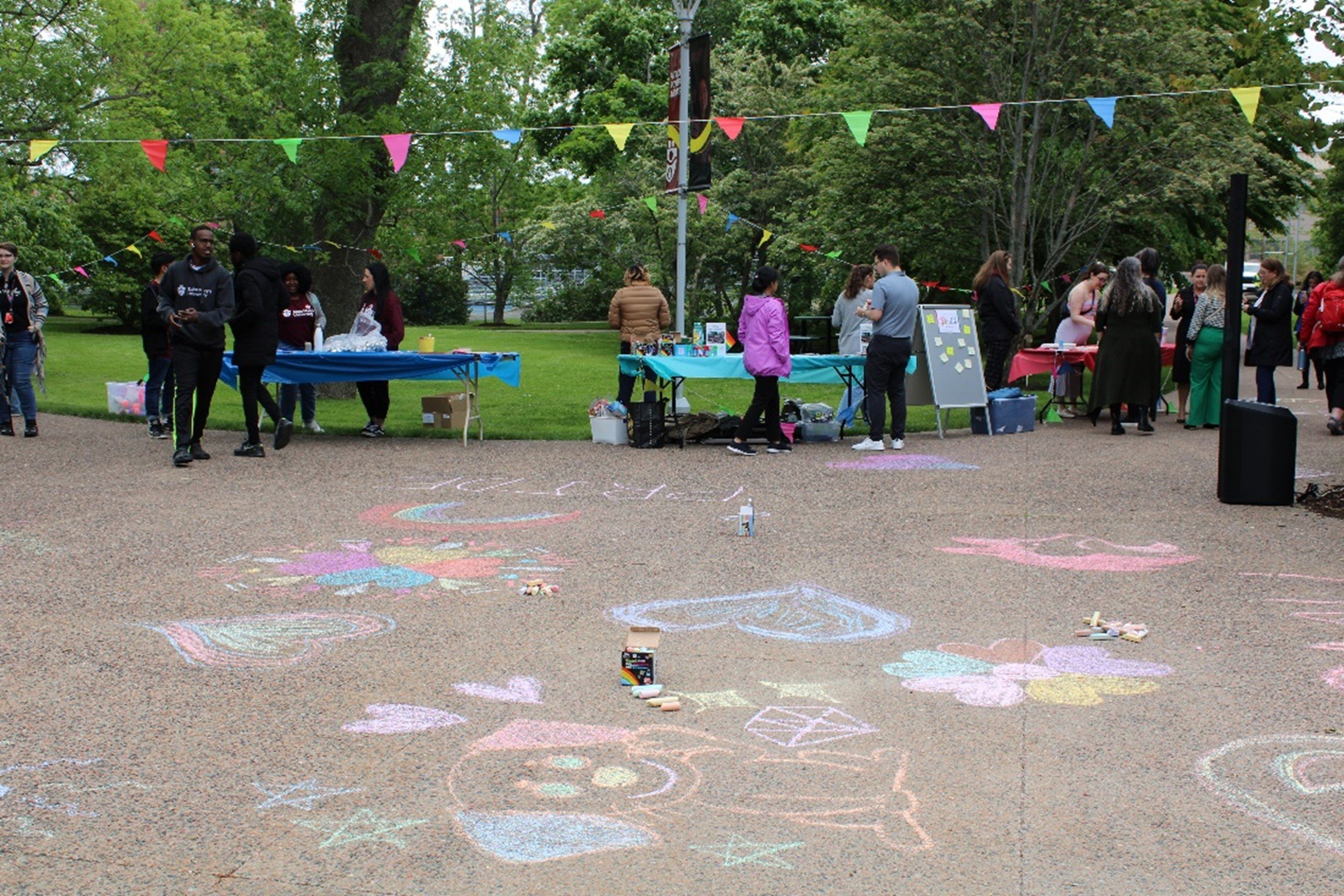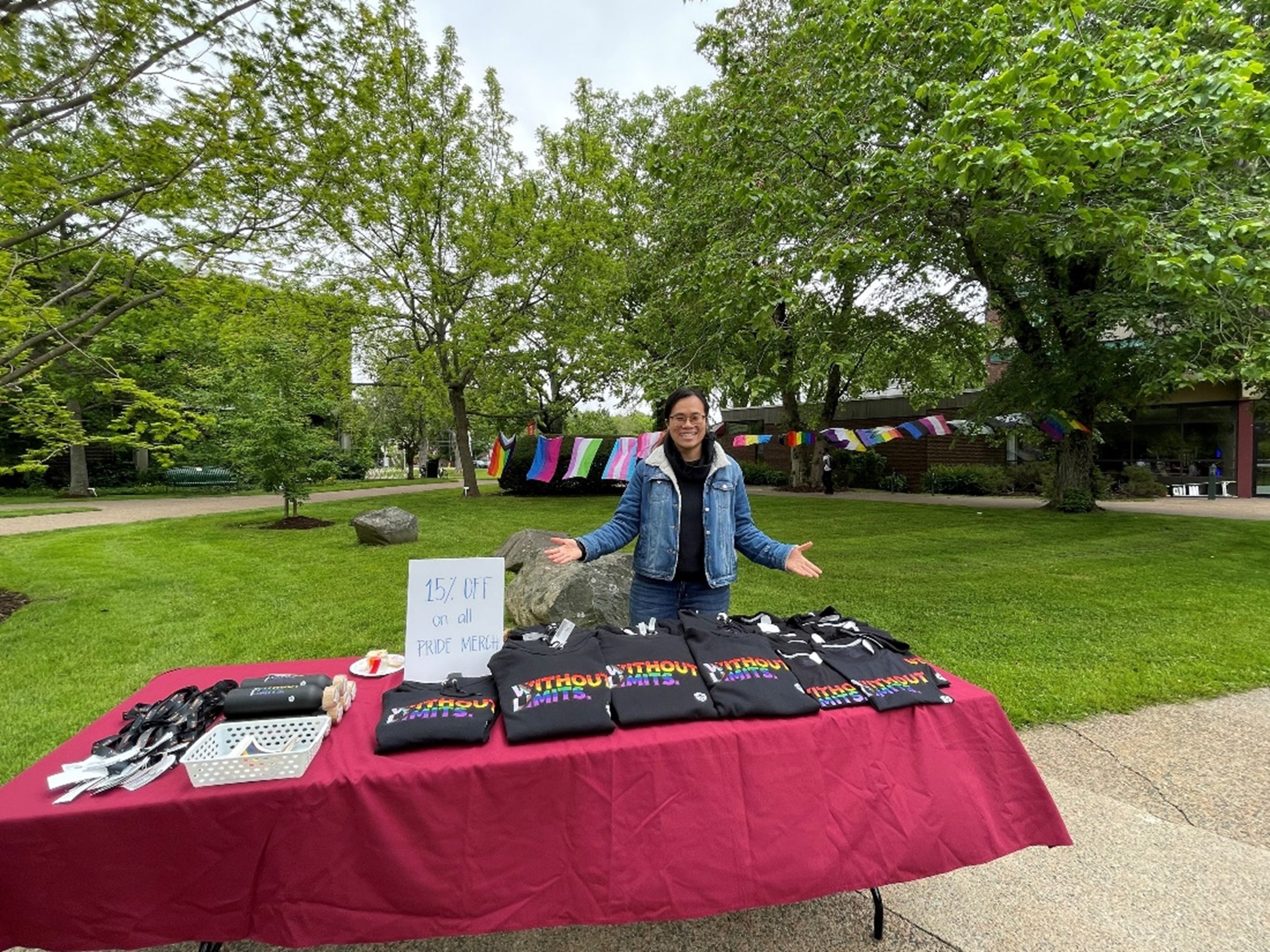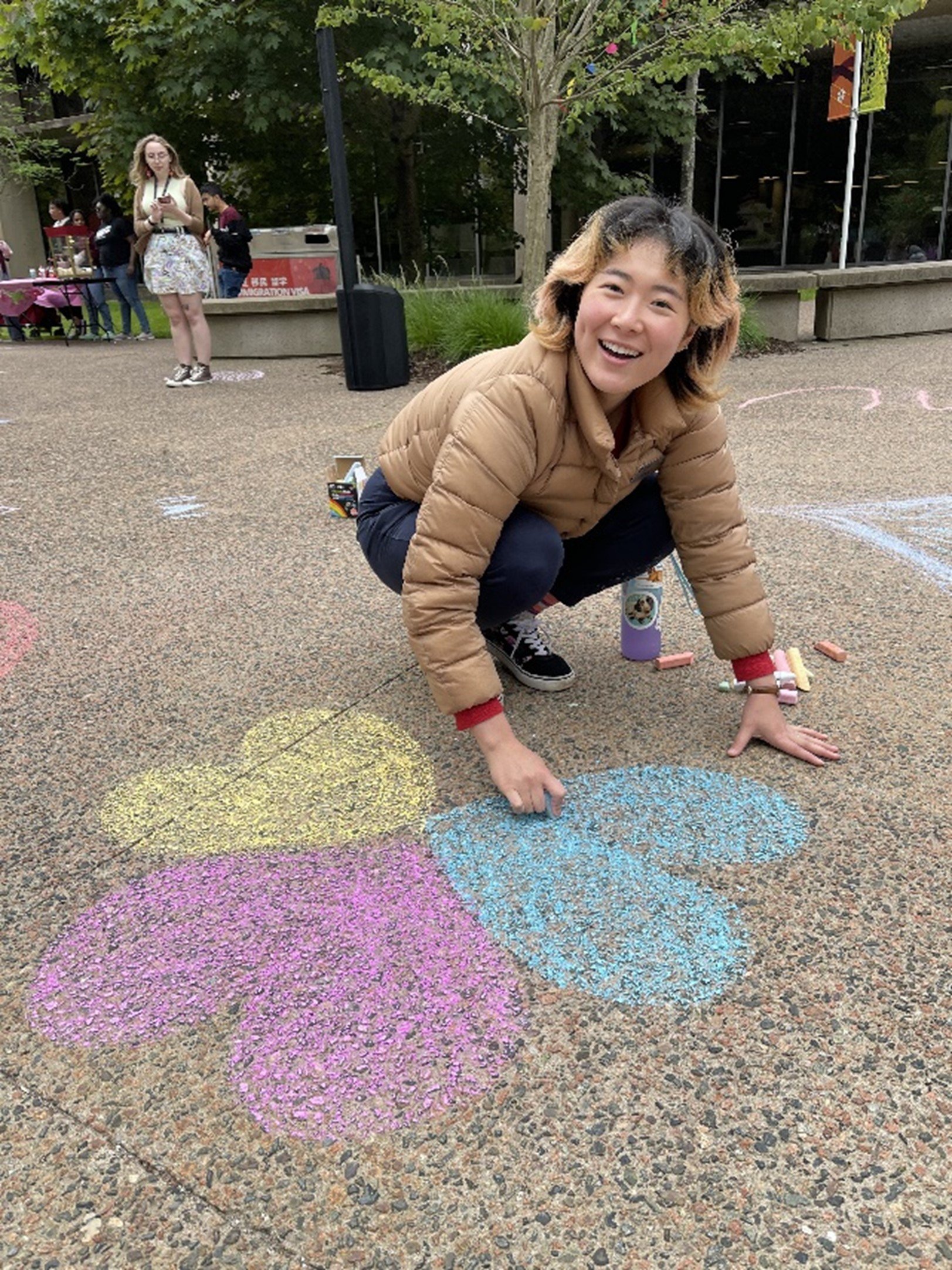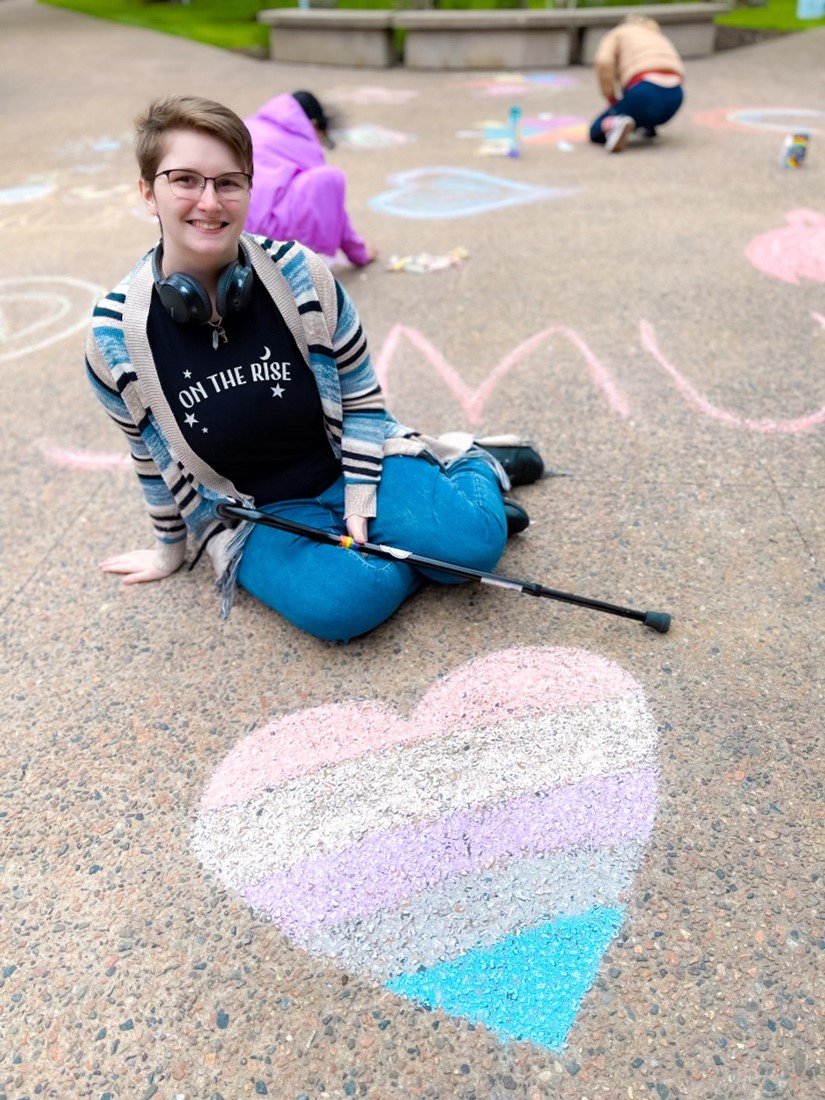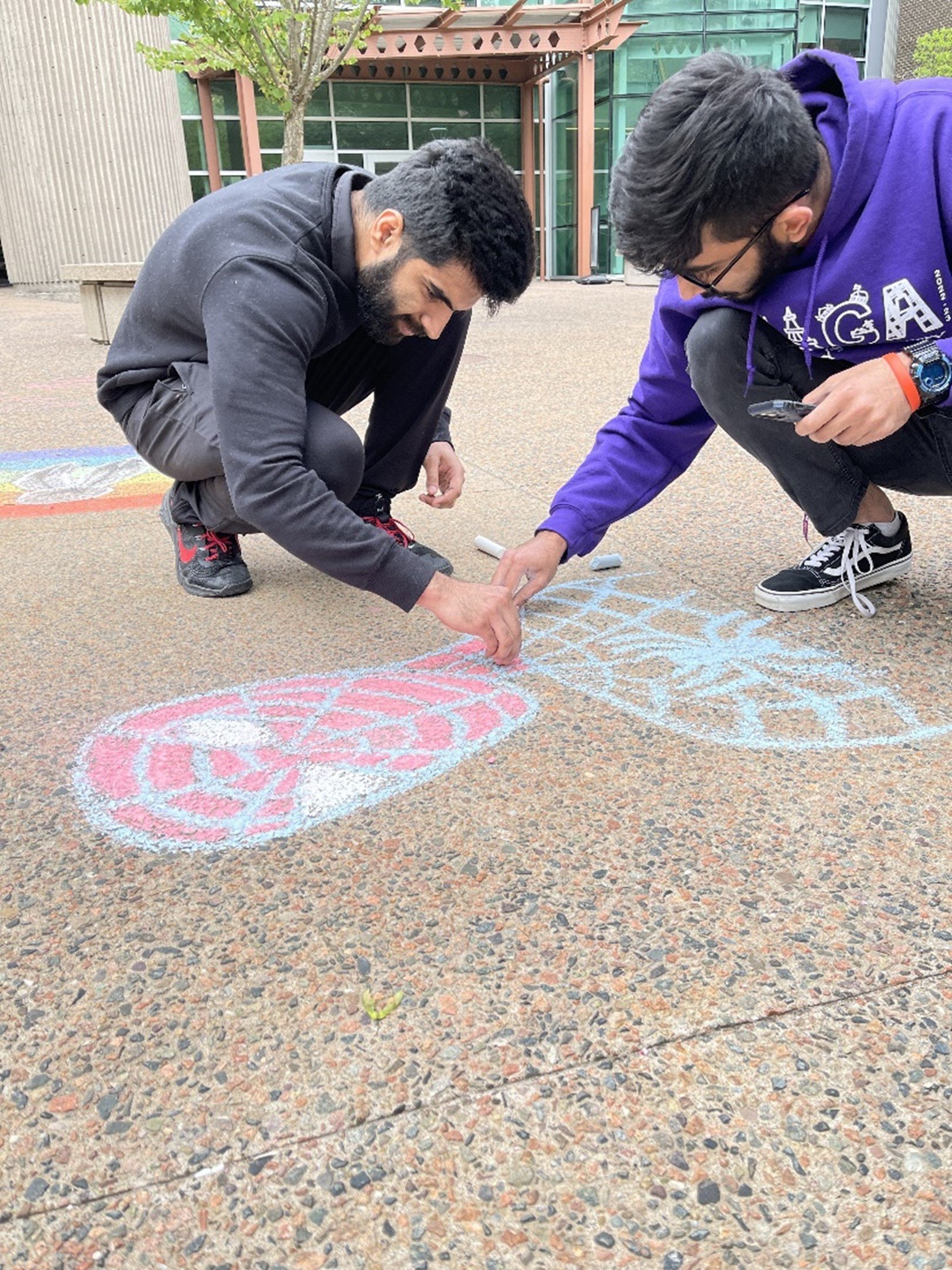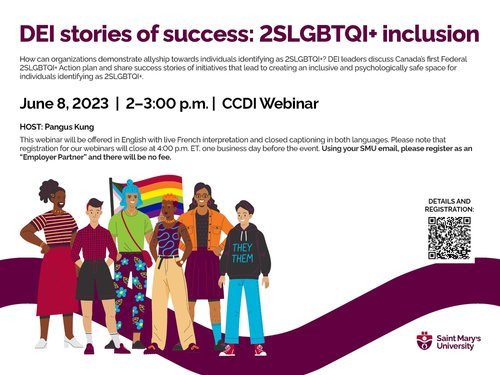Poverty is a significant issue for people who experience social marginalization in Canada. Many two-spirit, lesbian, gay, bisexual, trans, queer, and other (2SLGBTQ+) individuals face workplace discrimination, housing insecurity, and limited access to supportive social programs.
Dr. Maryam Dilmaghani, a Professor of Economics at Saint Mary’s University, is co-directing with Project Director Dr. Nick Mulé, Professor of Social Work and Sexuality Studies at York University, a six-year research project aimed at understanding and addressing poverty in 2SLGBTQ+ communities. This national initiative explores sexual orientation, gender identity, religion, race, ethnicity, age, (dis)Ability, etc. and how they intersect with economic inequality.
“2SLGBTQ+ Poverty in Canada: Improving Livelihood and Social Well-being” brings together over 25 academic researchers and 27 community partners, to produce high-impact, policy-driven research that drives meaningful change. The project seeks to quantify the extent of 2SLGBTQ+ poverty, identify its root causes, and develop an evidence-based action plan to serve as a resource for governments, non-profits, and businesses committed to creating lasting solutions.
A key partner in this initiative is the Community-Based Research Centre (CBRC), a national non-profit dedicated to improving the health and well-being of people of diverse sexualities and genders. Together, they aim to close a critical gap in anti-poverty research.
“Addressing the intersection of poverty and marginalization is critical for our communities,” said Michael Kwag, Executive Director of CBRC. “This initiative amplifies community voices and shared experiences, helping us better understand systemic disparities, advocate for more equitable policies, and improve health outcomes.”
With this research underway, policymakers and organizations will have the data needed to take meaningful action toward reducing 2SLGBTQ+ poverty.






























